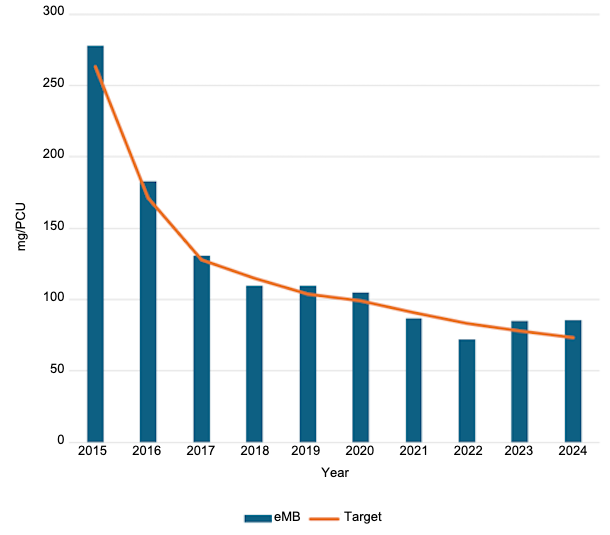The report shows that antibiotic usage in the pig sector reached 86 mg/PCU (milligrams per population correction unit)—just slightly higher than in 2023, when it stood at 85 mg/PCU. Despite this small rise, overall antibiotic use remains 17.9% lower than in 2020 and 69% lower than in 2015, demonstrating a long-term downward trend over the past decade.
Experts explain that the temporary uptick was primarily due to disease challenges faced by pig producers in 2023, particularly outbreaks of post-weaning diarrhoea among piglets. These issues persisted into the first half of 2024, but quarterly submissions show that antibiotic usage peaked earlier in the year and has since begun to decline.
Another contributing factor was the phase-out of zinc oxide, a compound traditionally used to prevent post-weaning diarrhoea. The final stocks of zinc oxide were used up in early 2024, leading some farmers to temporarily rely on antibiotics as one of the few remaining treatment options.
AHDB analysts expect that data for 2025 will provide a clearer picture of how the ban on zinc oxide has affected antibiotic use. Provided the animal health situation remains stable and herd management practices continue to improve, usage levels are anticipated to decline again.
Experts emphasize that the UK pig sector remains one of Europe’s leaders in reducing antimicrobial use, thanks to strict biosecurity policies, improved farm management, and closer veterinary supervision.
PigUA.info based on materials from pig333.com



